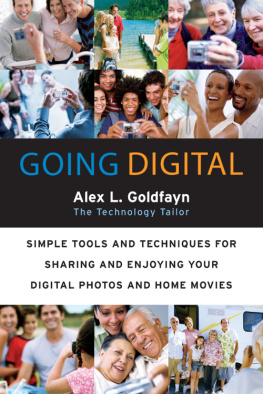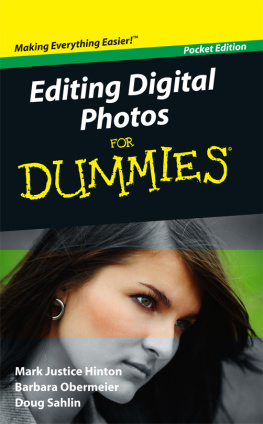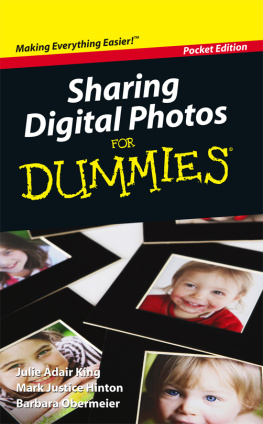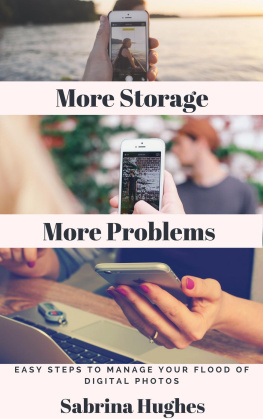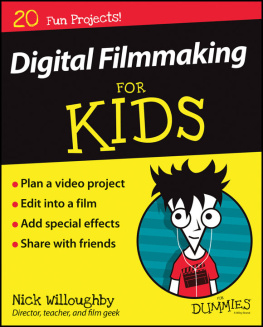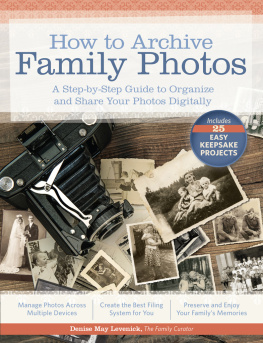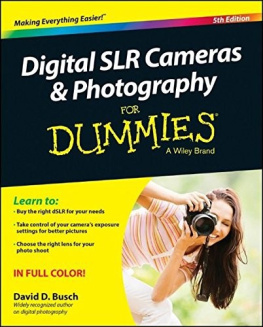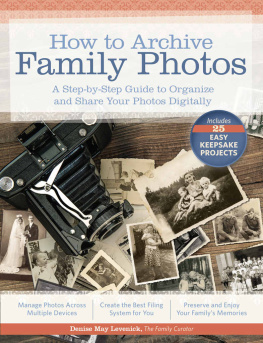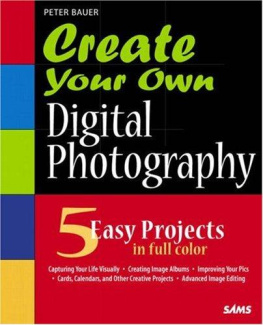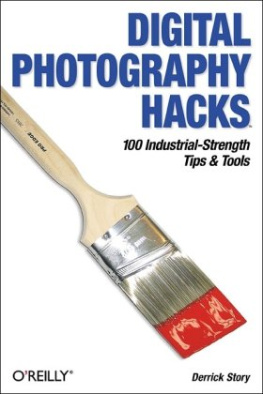Alex L. Goldfayn
The Technology Tailor
To my family, with love.
Dear Reader,
I believe this little book will change your life. And if you give me the next five minutesthe time it will take you to read this brief letterIll tell you how. And why.
The thing is, youve been through a lot. Ive been covering technology for newspapers, magazines, and television news programs for many years, and I know how difficult it is to keep up with all the new high-tech products that are fired at you by the technology industry. It seems like every dayheck, every hourtheres a new product released thats better, faster, cooler, sexier, bigger (smaller), flatter (wider), more metallic, less blue, and so on, than the one that came before it, or, worse, the one you invested in not long ago.
Which one should you buy? Whats worth your hard-earned money? And why, oh why, does the technology industry insist on talking about their tools in a foreign language? We always hear about megabytes and megahertz and megapixels (oh my!), but we almost never hear about the real, meaningful, life-improving ways in which we can use this new technology. Whether its in ads or in your local newspapers product reviews, everybody wants to regurgitate technical specifications. But nobody talks about what a particular technology can do for you.
And with cameras and photography, this has been especially true, and particularly painful. You see, until very recently (the last five years or so), photography had not really changed. We took pictures with 35-millimeter cameras, we captured them to film, and we got them developed into prints at the store. That had been the process for 50 years or more. Then, suddenly, dramatically, digital photography came along and turned that process upside down.
With digital, the cameras still look the same, but there are hundreds of them to choose from: big ones, little ones, itsy-bitsy ones, and even ones on your cell phone. No more film: The pictures are stored on memory cards. And all kinds of weird language is used to describe these digital cameras: megapixels, digital zoom, optical zoom, USB and FireWire, xD, SD, CF, and Memory Stick PRO Duo, which is different from the MemoryStick PRO (duh!).
All of this is a big problem because it has to do with our photographs, the memories of our lives. Think about the first thing most people say they would pull out of their home if it was on fire. Even a sitting president has talked about it.
When George W. Bush was touring Southern California after it was severely damaged by wildfires, he met with reporters and recounted a conversation he had with a woman who lost her home. The first thing he told the journalists was how horrible he felt that she lost all her photographs in the fire. Her pictures, he said simply, were gone.
In the New Orleans, after Hurricane Katrina ripped through and after the floodwaters rose, many attempted to return to their homes for their family photos. When all else was lost, many counted their photos, wrapped in plastic bags, among their last possessions.
Our photographs make up the memories of our lives; they are among the most emotional, meaningful, and significant things we have. And when were gone, our photographs become the legacies of our lives. Theyre the history we leave behind for our children, their children, and everyone who comes after us.
All of which is exactly opposite of the impersonal, cold way that digital cameras are presented to us. The impossible-to-remember model numbers, the sheer volume of models, and the high-tech specifications that are used to describe digital cameras dont exactly put us at ease about making the switch from film photography to digital.
But thats only the beginning.
Everywhere I gowhether at dinner parties or after giving speeches or television news interviewspeople ask me the same question: What can I do with the photographs? With film, we knew what to do. With digital, many people dont even know how to get the photos from their camera to their computer.
Many people still dont know that you can make super high quality prints from your digital photos at your local drugstore or camera store today. And if they do know that, they probably dont know how to do it. We dont know because nobody has taught us. Were relying on the technology industrywhich has a hard time creating a readable user manualto teach us how to get the most out of our photographs.
Further, you probably dont know how to enjoy your photos in your living room, on television, playing to the music of your choice. This can be done right from your computer, or through a DVD complete with professional-looking menus. Its no surprise that you dont know how to do this; nobody has taught you how.
Also, if youre converting to digital photography, whats to become of your old nondigital photos? From now on, will there always be two categories of family photos? The ones in albums and the ones on your computer? Of course not. But nobody has taught you how to combine them.
And what of your home movies? The ones from your life, and your childrens lives? Can they be edited (yes), narrated (yes again), and set to music (of course)? Can you combine old movies with old pictures on a cool DVD that you can share with family and friends? Most definitely.
In this book, I will teach you how. In simple, easy-to-understand, nontechnical language, I will teach you how to do all of the above. Youve had enough tech-speak, and, frankly, so have I. Its time to talk about all of the fabulous things you can do with your digital photographs and home movies in simple English.
This little book will arm you with the tools and techniques you need to share your digital memories with friends and family online and offline, on the computer and in the living room. It will give you a world of wonderful possibilities for your photographs and home moviesyour family memories, your history, your legacy. Which means that what youre about to read will affect not only your own life but also the lives of your children and grandchildren, your family and friends.
Respectfully,
Alex L. Goldfayn
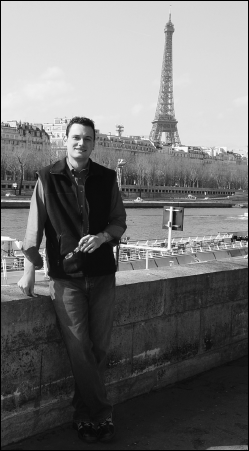
The author, in Paris
We crowded around the photos with our family less than an hour after we had returned from a two-week vacation in France. There were about 850 shots, organized by city.
Our family marveled and laughed with my wife and me as we told them the stories behind the beautiful images from Paris, Nice, Cannes, Entrevoux, and Monte Carlo. There were photos of the prerequisite sights, the entertainment, and, yes, the fabulous food. (Our camera takes stunning upclose portraits of dishes.)
How were the photos developed so quickly?
They werent.
You see, we werent looking at them in a photo album. Or as printed snapshots. Rather, they were being displayed on our televisionin 52-inch big-screen gloryas a digital photo slide show. The slide show played on a laptop, which was connected to the TV with a simple yellow component video cable.
Over the next few days, I reviewed the photos on my computer, cropped them to remove unwanted parts of the pictures, slightly adjusted the colors, turned a few into black-and-white shots, and narrowed the complete set down to about 300 of the best photographs. I copied them onto a CD-ROM which I brought to my corner Walgreensbut it could have been Wolf Camera, Wal-Mart, or my local independent one-hour photo shop. I popped the disc into the electronic kiosk and went through the prompts. I wanted one 4 ? 6inch print of each image on the disk. In an hour, my glossy snapshots were readyproduced by a high-end Fuji photo printer, the same one Walgreens uses to print photos from 35-millimeter film.

